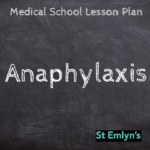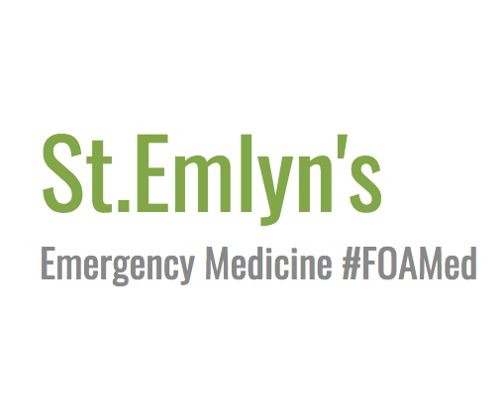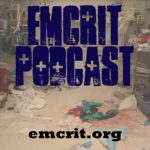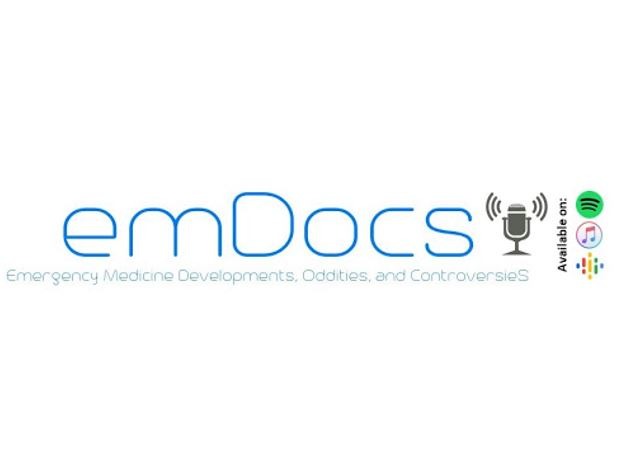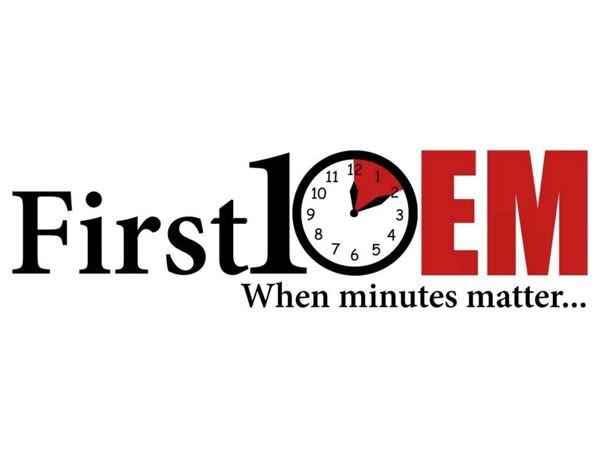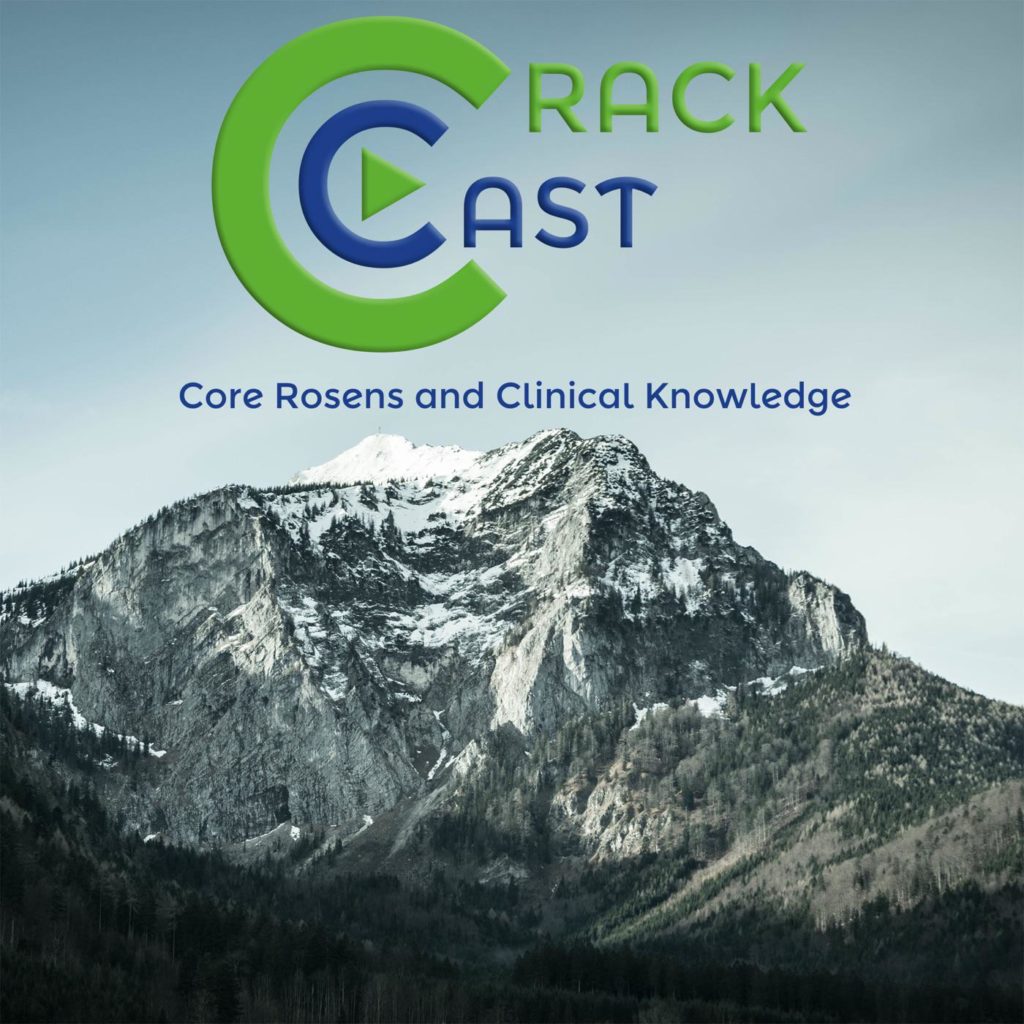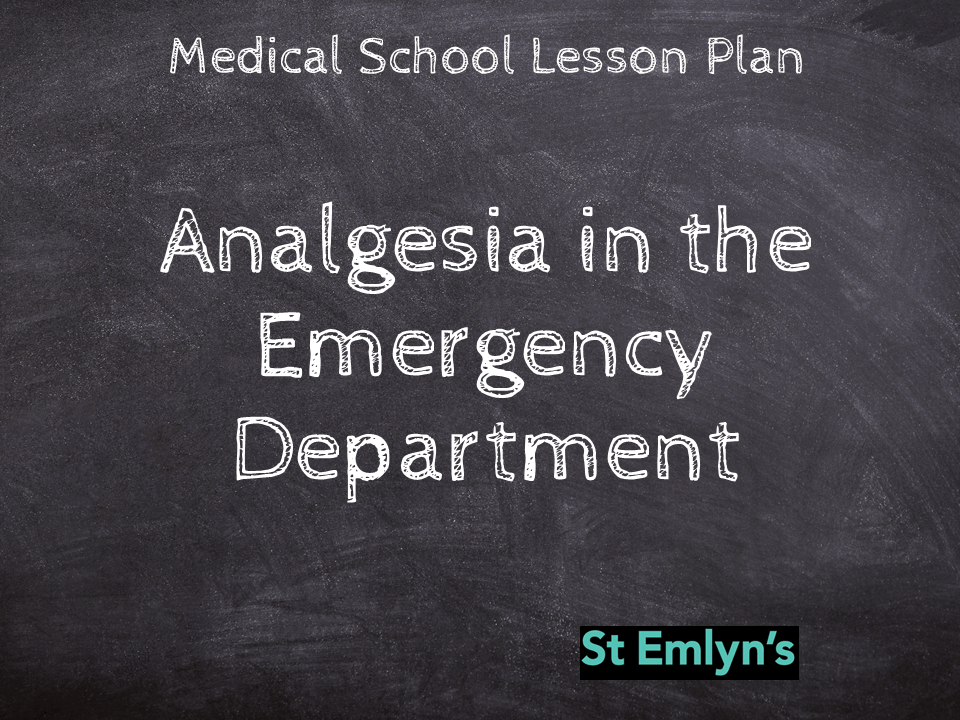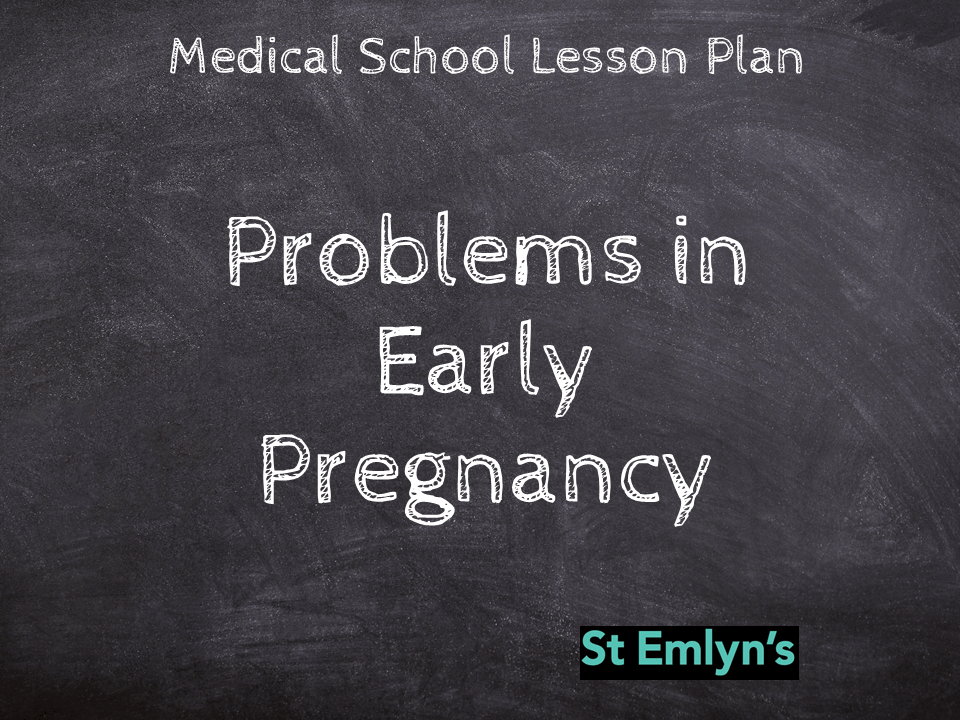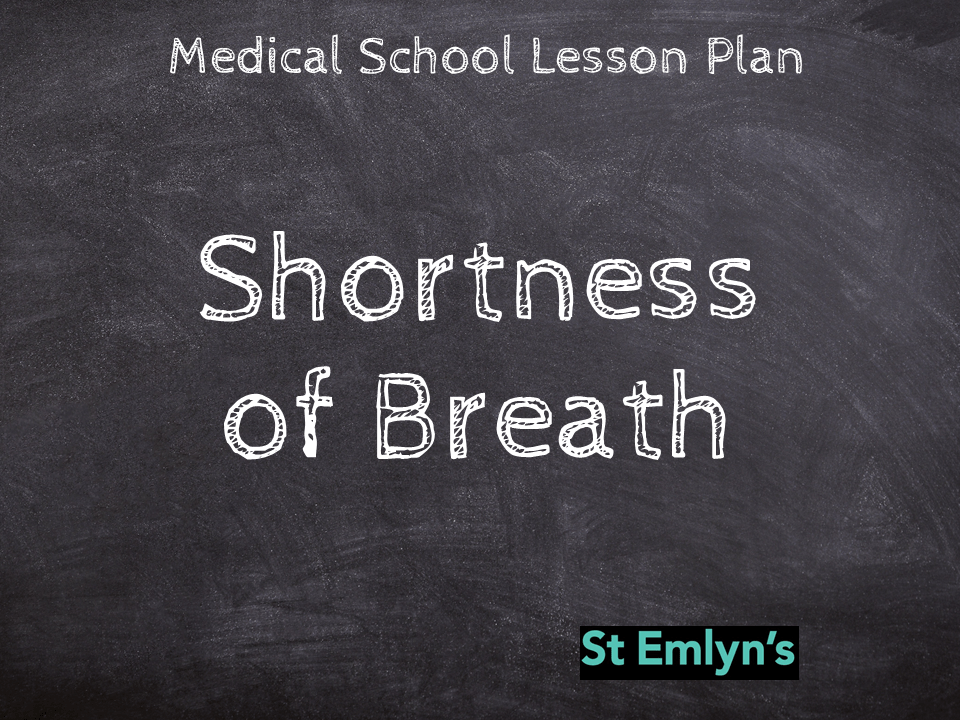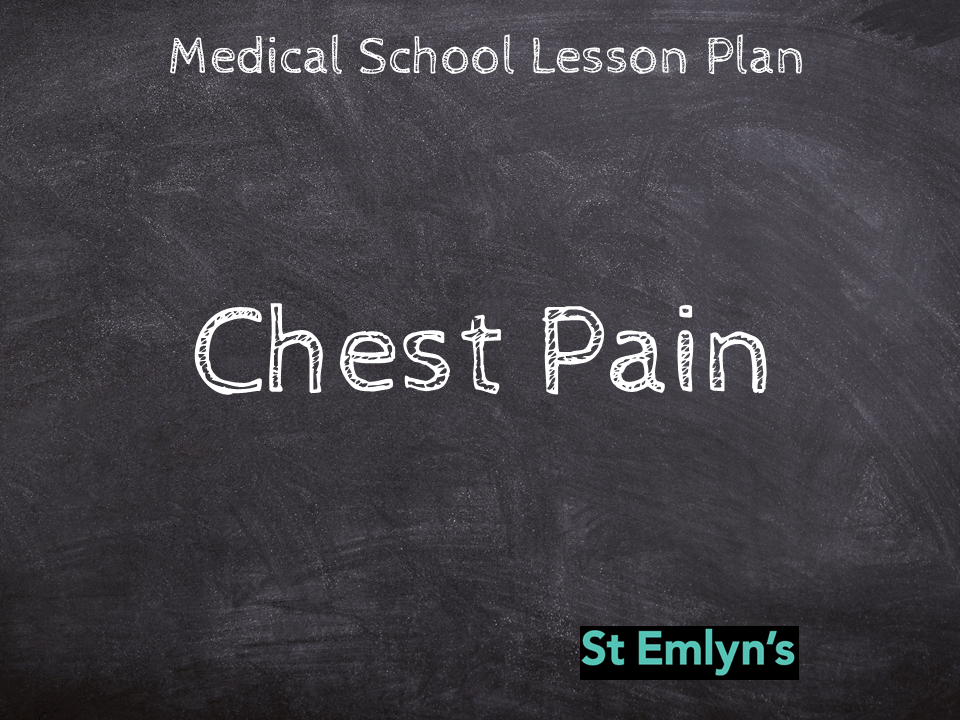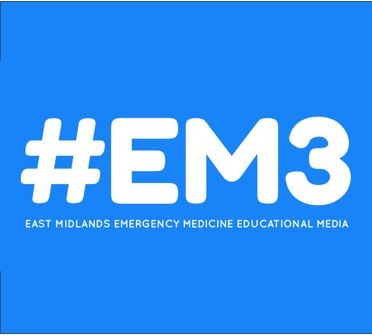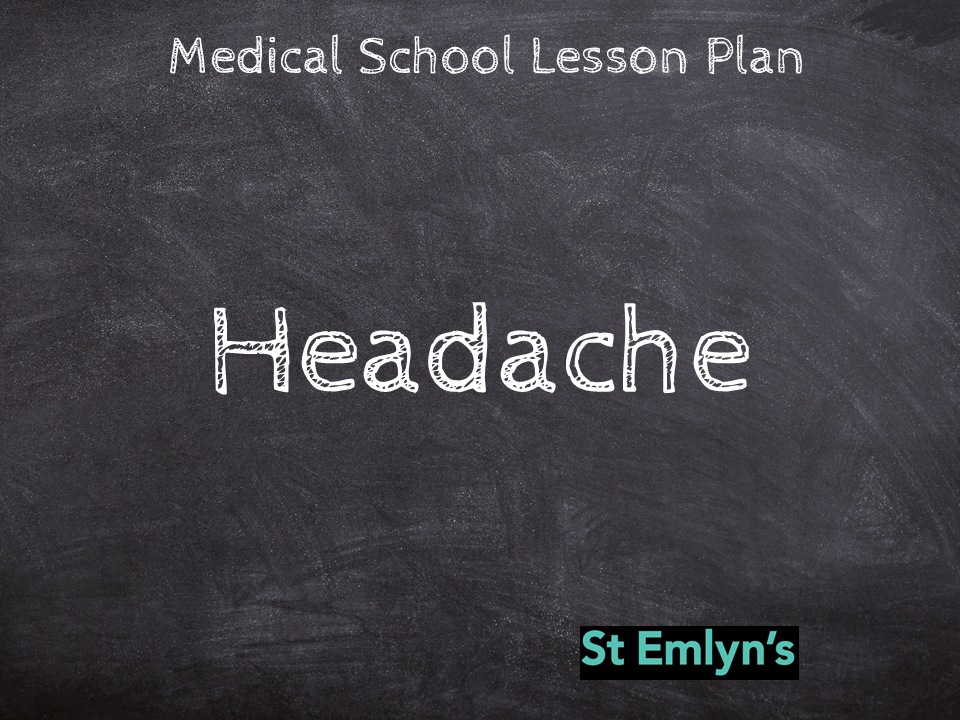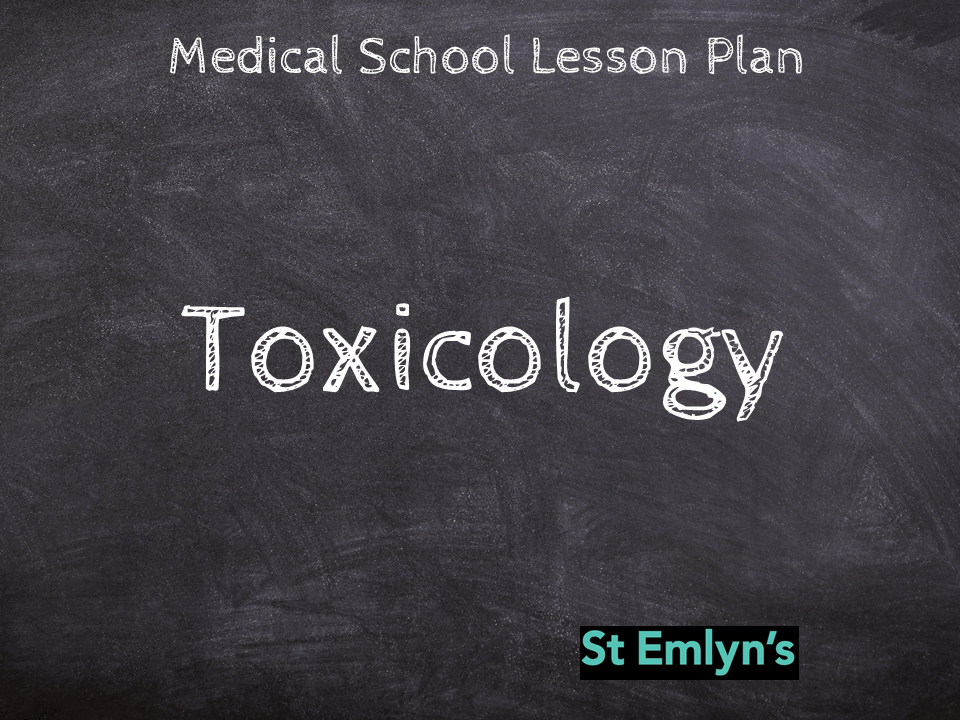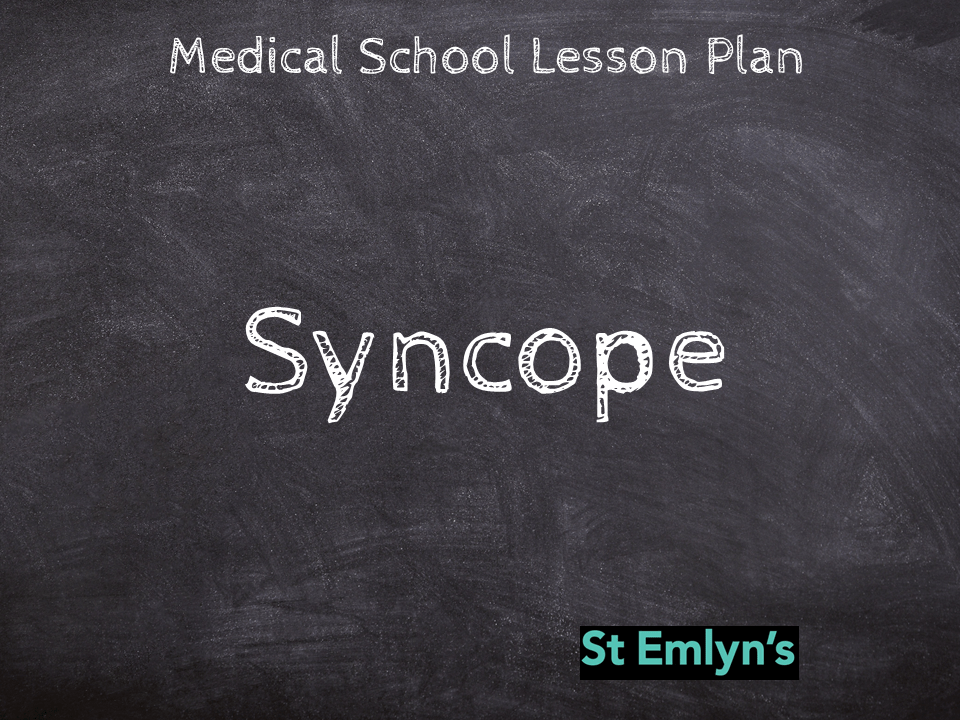Welcome to the St Emlyn’s Undergraduate Acute and Emergency Curriculum.
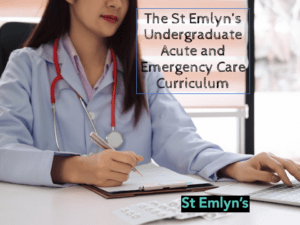
We have suggested learning objectives wiithin each presentation that is included in the GMC Medical Licensing Assessment Content Map for acute and emergency care, ie what medical students are expected to know by the time they finish their training. We have added links to various FOAMed (Free Open Access Medical Education) resources as well as linking all St Emlyn’s content with each presentation.
It is important to note that these are merely our thoughts on what would be appropriate for medical students to be expected to know and do not represent an official curriculum from the GMC.
We have separated the presentations into two groups: Major (life threatening emergencies) and Acute.
Major Presentations
Anaphylaxis
Learning Objectives
- The student will be able to identify patients with anaphylactic shock, assess their clinical state, produce a list of appropriate differential diagnoses, initiate immediate resuscitation and management and organise further investigations.
- They should be able to recognise clinical manifestations of anaphylactic shock and elucidate its causes.
- Be aware of the initial resuscitation (adrenaline/epinephrine), oxygen, IV access, fluids.
Recommended Resources
Cardiorespiratory arrest
Learning Objectives
- The student will have observed the assessment and resuscitation of the patient who has suffered a cardio-respiratory arrest, and be able to describe the actions required as defined by the UK Resuscitation Council. They should be familiar with ALS and APLS algorithms and pharmacology.
- Be able to rapidly assess the collapsed patient in terms of ABC, airway, breathing and circulation and perform basic life support competently as defined by Resuscitation Council (UK): effective chest compressions, airway manoeuvres, bag and mask ventilation.
- To know the possible reversable causes of cardiorespiratory arrest: the ‘4Hs and 4Ts’.
Recommended Resources
Major Trauma
Learning Objectives
- The student will have observed the assessment of a trauma victim and be able to describe a systematic prioritized approach, be aware of life-threatening conditions and actions that may be required immediately to stabilise the patient.
- Be able to recognise and know how to manage hypovolaemic shock.
- Know the principles of anaesthesia in the presence of head injury and major trauma.
- Know the initial management of cervical spine injury and be able to provide cervical spine immobilisation.
- Be aware of trauma systems and the link between prehospital care and trauma centres and trauma units.
Recommended Resources
The Septic Patient
Learning Objectives
- The student will be competent in the assessment and resuscitation of the patient presenting with severe sepsis or septic shock.
- The student will be able to assess a patient presenting with sepsis to produce a valid differential diagnosis, investigate appropriately, formulate and implement a management plan.
- Be aware of guidelines with regard to antibiotic selection and use. Knowledge of common gram negative and gram positive organisms producing sepsis.
- Know the ‘Sepsis Six’.
- Be aware of the first steps in the management of the patient with ‘severe sepsis’ and ‘septic shock’. Rapidly assesses the shocked patient in terms of ABC, airway, breathing and circulation.
- Be able to interpret initial investigations such as a venous blood gas.
Recommended Resources
St Emlyn’s Lesson Plan – Sepsis
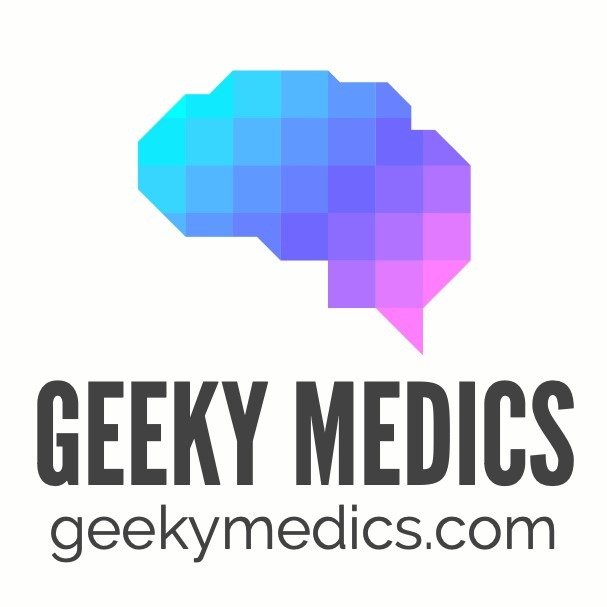
Geeky Medics – Sepsis: Acute Management

The shocked patient
Learning Objectives
- The student will be able to identify a shocked patient, assess their clinical state, produce a list of appropriate differential diagnoses and initiate immediate management.
- To know the pathophysiology of shock and the potential causes: hypovolaemia; cardiogenic; septic; anaphylactic; neurogenic.
- To be aware of the management of major haemorrhage, both for traumatic and medical causes and Demonstrate a knowledge of the different fluids and drugs e.g. inotropes used in the treatment of shock.
- Be able to perform immediate (physical) assessment (A,B,C) and be aware of the initial resuscitation (oxygen, iv access, fluid resuscitation).
- To be able to interpret initial investigation such as ECG, blood cultures, blood count, electrolytes and venous blood gas.
Recommended Resources
The Unconscious Patient
Learning Objectives
- The student will be able to promptly assess the unconscious patient to produce a differential diagnosis, establish safe monitoring, investigate appropriately and formulate an initial management plan.
- Be able to identify the principle causes of unconsciousness (metabolic and neurological) whilst also being aware of principle sub causes (drugs, hypoglycaemia, hypoxia; trauma, infection, vascular, epilepsy, raised intra-cranial pressure, reduced cerebral blood flow, endocrine).
- To be able to make a rapid and immediate assessment including examination of coverings of nervous system (head, neck, spine) and Glasgow Coma Score
- To be aware of manoeuvres and techniques to maintain a patient’s airway.
Recommended Resources
Acute Presentations
Abdominal Pain
Learning Objectives
- To outline the different classes of abdominal pain and how the history and clinical findings differ between the causes.
- To identify the possible surgical causes of abdominal pain, depending on site, details of history, acute or chronic including but not limited to peptic ulcer disease, pancreatitis, cholecystitis, cholangitis, biliary colic, bowel obstruction, diverticular disease, viscus perforation, acute appendicitis and ischaemic colitis, AAA, hernias, renal calculi, pyelonephritis, chronic inflammatory bowel disease, and volvulus.
- Know the common and serious causes of loin pain including renal colic, infection and obstruction of the urinary tract, abdominal aortic aneurysm. Know the medical causes of abdominal pain.
Recommended Resources
Abnormal Urinalysis
Learning Objectives
- Be able to interpret urinalysis in the acutely unwell patient.
- To understand the limitations of urinalysis
- To be able to perform a urinalysis
- To be aware of sensitivity, specificity, positive predictive value and negative predictive value and how they are used to measure the effectiveness of diagnostic tests.
Recommended Resources
Acid Base Disorders
Learning Objectives
- Be able to interpret blood gas results establishing if acidotic, alkalotic, and the underlying metabolic / respiratory disturbance.
- Produce a differential diagnosis for each disturbance.
- Know the causes of acidosis with both normal and raised anion gap.
Recommended Resources
Acute Pain Management
Learning Objectives
- The student will know which analgesic drugs can be safely and appropriately used in the acutely ill patient.
- Describes how to assess the severity of acute pain including scoring systems such as the Visual Analogue Scale and Verbal Rating Scale.
- Can describe the use of multi-modal therapy and the ‘analgesic ladder’. To understand how emotions contribute to pain.
Recommended Resources
Acute Kidney Injury
Learning Objectives
- Understand the principal causes of a low urine output in the critically ill patient and be able to identify the principal sub-causes (pre-renal, renal and post-renal), including but not limited to: hypotension and inadequate renal perfusion, renal tract obstruction, nephrotoxic drugs and contrast media.
- Understand appropriate monitoring of the patient with a low urine output, including but not limited to: clinical assessment, urinary catheterisation and cardiovascular monitoring.
Recommended Resources
Back Pain
Learning Objectives
- Know the causes of acute back pain including but not limited to – malignant, septic, musculoskeletal, urological, neurological, abdominal aortic aneurysm.
- Be able to outline features that raise concerns as to a sinister cause (red flags) and those that lead to a consideration of chronic causes (yellow flags) Understand and recognise the cauda equina syndrome
Recommended Resources
Bleeding in Pregnancy
Learning Objectives
- Understand the early complications of pregnancy and the pathophysiology of an ectopic pregnancy.
- Be able to demonstrate a full examination and be able to demonstrate resuscitative procedures for heavy bleeding or cervical shock.
Recommended Resources
Bleeding from the Lower GI Tract
Learning Objectives
- The student will be able to assess a patient with an lower GI haemorrhage to determine significance and know how to resuscitate appropriately.
- Specify the causes of lower GI bleeding, with associated risk factors including but not limited to coagulopathy and use of NSAIDs/ASA/anticoagulants.
- Distinguish between upper and lower GI bleeding.
- Demonstrate ability to secure appropriate venous access.
Resources
Bleeding from the Upper GI Tract
Learning Objectives
- The student will be able to assess a patient with an upper GI haemorrhage to determine significance and know how to resuscitate appropriately.
- Specify the causes of lower GI bleeding, with associated risk factors including but not limited to coagulopathy and use of NSAIDs/ASA/anticoagulants.
- Distinguish between upper and lower GI bleeding.
- Demonstrate ability to secure appropriate venous access.
Resources
Breathlessness
Learning Objectives
- The student will be able to assess a patient presenting with breathlessness to produce a valid differential diagnosis, investigate appropriately, formulate and implement a management plan.
- Recall the common and/or important cardio-respiratory conditions that present with breathlessness.
- Interpret history and clinical signs to list appropriate differential diagnoses: including but not limited to pneumonia; COPD; PE; pulmonary oedema; pneumothorax; asthma.
Resources
Burns
Learning Objectives
- Understand the pathophysiology of burns.
- To be able to assess the size and depth of burn and calculate the fluid requirements.
- To recognise the risks to the upper and lower airway from heat and inhalation injury.
Resources
Chest Pain
Learning Objectives
- The student will be able to assess a patient with chest pain to produce a valid differential diagnosis, investigate appropriately, formulate, and implement a management plan.
- Characterise the different types of chest pain and outline other symptoms that may be present.
- List and distinguish between the common causes for each category of chest pain and associated features.
- Interpret history and clinical signs to list appropriate differential diagnoses: including but not limited to acute coronary syndrome; pneumonia; COPD; PE; aortic dissection; pneumothorax.
Resources
Chronic Pain Management
Learning Objectives
- To understand the differences between chronic and acute pain.
- To be aware of the definition of chronic pain and factors that may predispose to the patient having chronic pain.
- To understand how psychosocial may contribute to exacerbations of chronic pain.
Resources
Cyanosis
Learning Objectives
- The student will be able to assess a patient presenting with cyanosis to produce a valid differential diagnosis, investigate appropriately, formulate and implement a management plan.
- Know the causes of cyanosis, cardiac & respiratory.
- Know how to formulate a differential diagnosis and be able to perform a full clinical examination differentiating between the various causes of cyanosis.
- Be able to perform and interpret the appropriate tests, e.g., x-rays and ECG.
- Understand the safe prescribing of oxygen therapy.
Resources
Dehydration
Learning Objectives
- Know the aetiology, pathophysiology and presentation of dehydration.
- Be able to recognise the life-threatening complications of dehydration.
- Can differentiate between dehydration and shock. Aware of potential methods to correct dehydration.
Resources
Deteriorating Patient
Learning Objectives
- Have a systematic approach to the deteriorating patient.
- Be able to identify and consider influences on clinical decision making in relation to the deteriorating patient.
- Know how to act as an effective member of a medical emergency team
Resources
Electrolyte Abnormality
Learning Objectives
- To know common aetiologies and clinical presentation of common electrolyte abnormalities: hyponatraemia; hyperkalaemia; hypokalaemia; hypomagnesemia; hypercalcaemia; hypocalcaemia.
- To be able to recognise the ECG abnormalities associated with common electrolyte abnormalities.
- To know urgent treatments for life threatening electrolyte abnormalities.
Resources
Epistaxis
Learning Objectives
- The student should be able to evaluate the patient who presents with severe epistaxis and be able to control bleeding and establish likely cause.
- Know the causes of epistaxis including trauma and medication. To be aware of techniques that may be effective in controlling bleeding.
Resources
Head Injury
Learning Objectives
- The student will be able to evaluate the patient who presents with a traumatic head injury, stabilize, assess, appropriate investigate and suggest a management plan.
- Know the anatomy of the scalp, skull and brain, the pathophysiology of head injury (primary and secondary brain injury) and the symptoms and signs.
- Be able to use the ABC approach to the management of a head injury patient, with cervical spine immobilisation.
- Be able to demonstrate to use of the GCS. Know the presenting features of extradural and subdural haemorrhage.
Resources
Headache
Learning Objectives
- Know the presentation of the common and life-threatening causes of new onset headache: subarachnoid haemorrhage; meningitis; giant cell arteritis; space occupying lesion.
- Understand the pathophysiology of headache.
- Recall the indications for urgent CT/MRI scanning in the context of headache. Recall clinical features of raised intra-cranial pressure
Resources
Lacerations and soft tissue injury
Learning Objectives
- Know how to assess a wound in terms of mechanism of injury, underlying structures and complications.
- Know the anatomy of the underlying structures especially hand wrist and face.
- Know of special types of wound: puncture, bites, amputation, de-gloving and presence of foreign bodies. Be able to classify and describe wounds.
Resources
Overdose and self harm
Learning Objectives
- Outline the risk factors for a suicidal attempt.
- Outline the common co-existing psychiatric pathologies that may precipitate suicidal ideation.
- Outline the powers that enable assessment and treatment of patients following self-harm or suicidal ideation as defined in the Mental Health Act.
Resources
Poisoning
Learning Objectives
- Know the important symptoms, signs and tests to establish the type of poisoning i.e. to be able to recognize the common toxidromes: anticholinergic; cholinergic; opiate; hypnotic; sympathomimetic.
- Know the pharmacology and management of poisoning of the following: paracetamol; salicylate; beta blockers; opiates; alcohol; anticoagulants; benzodiazepines; carbon monoxide; antidepressants; SSRIs; amphetamine; cocaine.
- Be aware of the importance of accessing TOXBASE and National Poisons Information Service and how to use the information obtained.
Resources
Stridor
Learning Objectives
- Be able to recognise signs of airway obstruction.
- Know the infective, allergic and obstructive causes of airway obstruction including epiglottitis and post-tonsillectomy bleeding.
Resources
Substance Misuse
Learning Objectives
- Know the presentations of alcoholism and substance abuse as they present to acute care and how this impacts on assessment and appropriate investigations.
- Recognise co-existence of psychiatric disease. Able to be sympathetic and non-judgemental.
Resources
Syncope
Learning Objectives
- Recall the causes for blackout and collapse (including syncopal causes vaso-vagal, cough, effort, micturition, carotid sinus hypersensitivity).
- Differentiate the causes depending on the situation of blackout +/or collapse, associated symptoms and signs.
- Interpret history and clinical signs to list appropriate differential diagnoses: including but not limited to cardiac causes (heart block, tachyarrthymia, structural heart disease); postural hypotension; vasovagal.
Resources
Vomiting
Learning Objectives
- Recall the causes and pathophysiology of nausea and vomiting.
- Be able to elicit signs of dehydration and know the steps to rectify this.
- Be able to recognise and know treatments for suspected GI obstruction: nil by mouth, NG tube, IV fluids.
Resources
Acknowledgements
Whilst preparing the curriculum and links to resources I have been reminded of the astonishing array of high quality medical education websites. Below are links to the homepage of each. We all owe a huge debt of gratitude to all of those who spend hours preparing and maintaining these fantastic websites.
